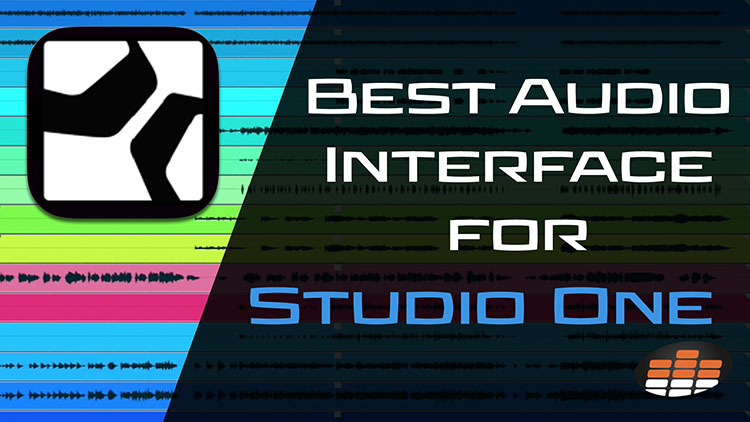Carlo Libertini is a Melodyne audio editing specialist with Music Marketing Inc. of North America. He’s also an audio production engineer with twenty years’ experience, and performs trainings, demonstrations, and services for top studios and institutions across the country.
In between production responsibilities he conducts online training seminars, collaborative production meetings, software demonstrations, and video tutorials.
Carlo is Pro Mix Academy’s resident Studio One expert, too! In this segment, he explains the benefits of using a PreSonus audio interface with Studio One software!
What is an audio interface?
An interface is the hardware link between audio coming in and out of your computer. It provides the inputs and outputs you’ll need to connect microphones, instruments, external speaker monitors, and more.
If you plan to do any type of high-fidelity recording, an audio interface is a staple of your home studio. With high-quality built-in preamps you can record the cleanest audio possible to take your music to the next level.
Using a PreSonus interface with Studio One has lots of benefits!
First off, any PreSonus interface you buy will come with the Artist version of Studio One. So if you didn’t already have the software, you’ll get it with an interface.
Secondly, an interface like the Quantum 2 demonstrated here gives you access to extra virtual instruments and plugins exclusive to Studio One.
And perhaps most importantly, using a PreSonus interface means Studio One software and your hardware integrate seamlessly with one another. The interface is automatically recognized by the system and even includes some recording presets to get you up and running quickly and easily!
Now, you don’t have to buy a PreSonus interface to use with Studio One. Any audio interface on the market will be compatible with Studio One software, and it’s certainly recommended that you pick one up as one of the first pieces of a home studio set-up!





